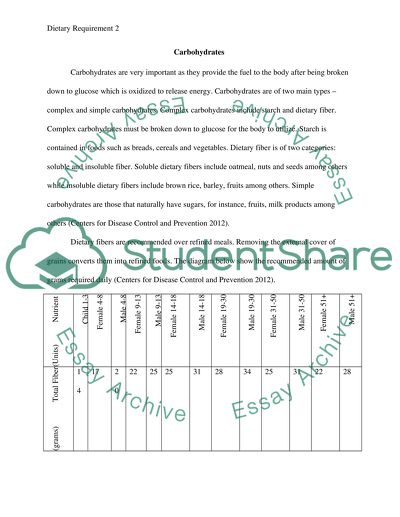Cite this document
(“The dietary requirements necessary to maintain a healthy Essay”, n.d.)
The dietary requirements necessary to maintain a healthy Essay. Retrieved from https://studentshare.org/biology/1472638-the-dietary-requirements-necessary-to-maintain-a
The dietary requirements necessary to maintain a healthy Essay. Retrieved from https://studentshare.org/biology/1472638-the-dietary-requirements-necessary-to-maintain-a
(The Dietary Requirements Necessary to Maintain a Healthy Essay)
The Dietary Requirements Necessary to Maintain a Healthy Essay. https://studentshare.org/biology/1472638-the-dietary-requirements-necessary-to-maintain-a.
The Dietary Requirements Necessary to Maintain a Healthy Essay. https://studentshare.org/biology/1472638-the-dietary-requirements-necessary-to-maintain-a.
“The Dietary Requirements Necessary to Maintain a Healthy Essay”, n.d. https://studentshare.org/biology/1472638-the-dietary-requirements-necessary-to-maintain-a.


